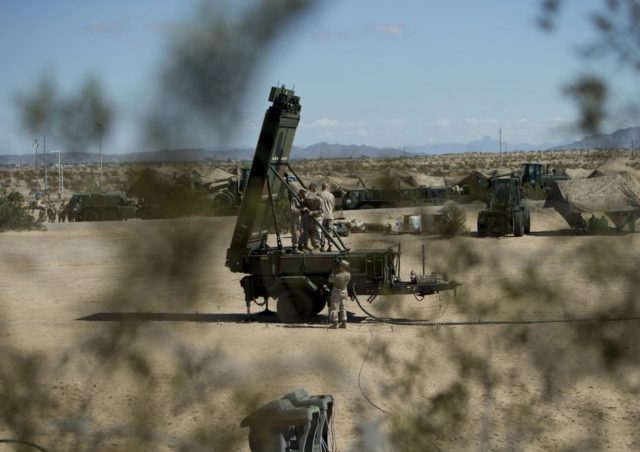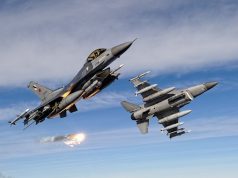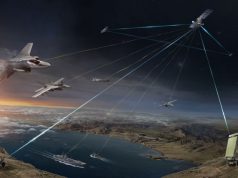The US Marine Corps has deployed one of its units along with an AN/TPS-80 Ground/Air Task Oriented Radar (G/ATOR) to Lithuania for the first time to support NATO’s air policing mission in the region.
North Carolina-based Marine Air Control Group 28 (MACG 28) will be tasked with providing multi-domain command and control, air defense, air traffic control, radar surveillance, and communications support. The G/ATOR allows marines to conduct air surveillance and air domain awareness in support of NATO operations.
G/ATOR is an advanced active electronically scanned array (AESA) multi-mission radar, leveraging gallium nitride to provide comprehensive real time, full-sector, 360-degree situational awareness against a broad array of threats. The short-to-medium-range multi-role radar system is designed to detect, identify, and track cruise missiles, manned aircraft and unmanned aerial vehicles as well as rockets, mortars and artillery fire.
“This deployment highlights the expeditionary character of our marines and the command and control systems they employ such as the AN/TPS-80 G/ATOR,” said Colonel Michael McCarthy, MACG 28 commanding officer. “With little notice and a light footprint we were able to seamlessly move from training in an arctic, maritime environment to the Baltics; reassuring allies and immediately contributing to USAFE and NATO operations.”
The Marine Corps unit deployed in support of Norwegian led exercise Cold Response 22 before repositioning to Lithuania. They are a command and control unit, which provides multi-domain command and control, air defense, air traffic control, radar surveillance, and communications support.
The AN/TPS-80 G/ATOR is the Marine Corps’ newest medium range multi-role radar. The radar builds an airspace picture for controllers through active scanning.
G/ATOR replaces five legacy systems operated by the Marine Corps with a single system, providing significant improvements in performance when compared to the legacy radar families in each of its modes. This results in reduced training, logistics and maintenance costs.



























